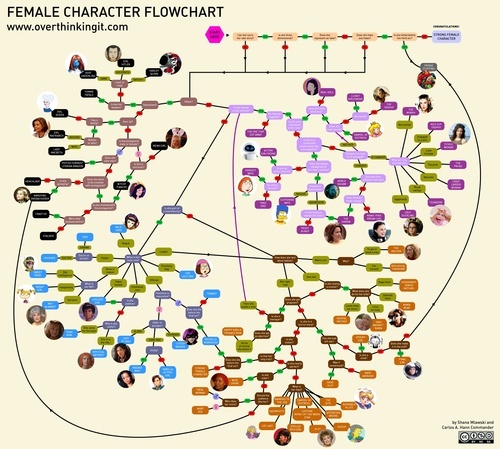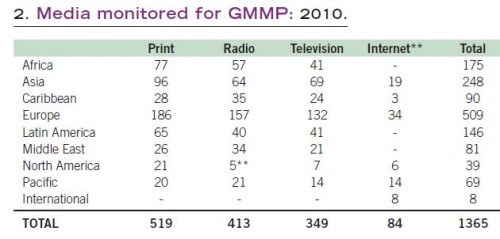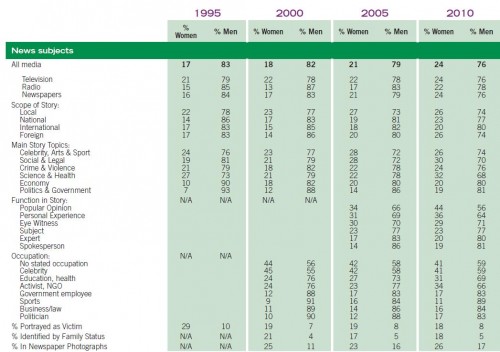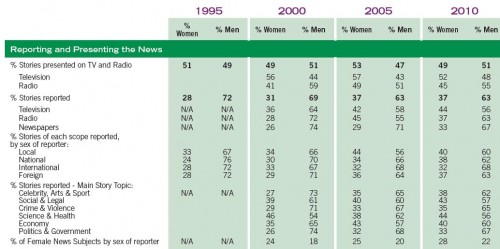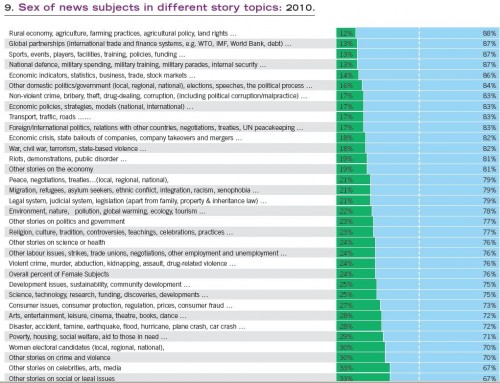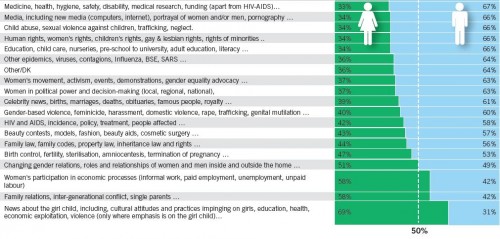In the comments thread to a recent post presenting an image of Afghanistan that doesn’t focus on war, violence, and misery, a Reader by the name of “S” linked to a documentary called Afghan Star. The film documents an American Idol-style competition, one that places contestants at risk of violence, but also engenders intense devotion from some Afghanis. It reveals another side of Afghanistan that Americans typically do not see.
The trailer:
Thanks to Myaisha for catching the comment!
Lisa Wade, PhD is an Associate Professor at Tulane University. She is the author of American Hookup, a book about college sexual culture; a textbook about gender; and a forthcoming introductory text: Terrible Magnificent Sociology. You can follow her on Twitter and Instagram.


